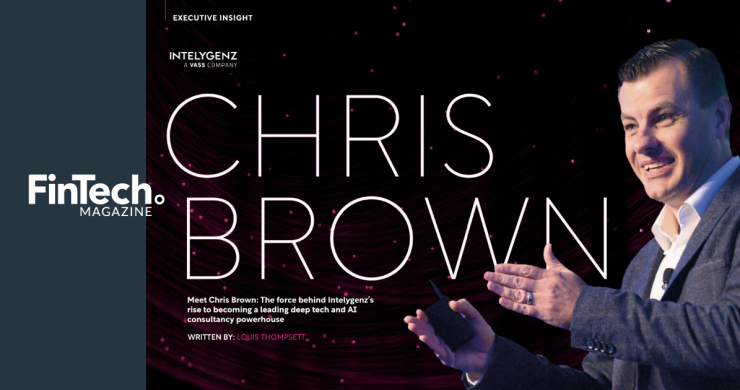How to Keep Your Custom Software Project on Track

When it comes to using new software to solve your most pressing business challenges, creating a custom solution gives you unrivalled levels of control. But the process of developing your very own industry shattering app can be a complex one, and a lack of preparation is why many projects are destined to fail.
1 in 6 IT projects go 200% over cost and 70% over schedule
A detailed yet flexible project plan will help you avoid this and maximize your chances of getting your software across the line. But before you start laying out the specifics of budget, schedule, project team and everything else you’ll need to say on track, success starts with a solid brief and a well-defined Minimal Viable Product (MVP).
Develop a solid brief
Creating an initial brief will guide the development of your solution towards its final form. This will give everyone involved a clear target to aim for, solidify expectations, and act as a continuous point of reference as the project evolves. Think about the market your solution will enter, as well as the users/customers that drive it.
Ask yourself:
- Is there a demand for the solution I want to create?
- What specific need/pain point(s) will it address?
- What will make it different to others on the market (why will people choose it)?
- How will it make/save my business money?
- How will you make it sustainable and scalable in the future?
This will help you set crystal clear goals and objectives, so that everyone understands what you need the solution to achieve from a business perspective. If you have multiple goals, prioritise them in order of importance and set KPIs for each of them.
Only 55% of IT executives feel that the business objectives of their projects are clear.
Define your MVP
With your objectives in the brief, you can start defining ideas for the product features that will help you achieve them. This includes the most important guiding aspect – the Minimal Viable Product (MVP).
An MVP is an Agile Development term used to outline a product with just enough features to satisfy early adopting customers and generate feedback for future improvements and additions.
You might have had ideas for the MVP right from the beginning, but it’s purpose goes beyond a list of cool and exciting features. It should be considered the most important milestone for the entire project. If at any stage throughout development you run into issues or key decision points, the MVP should be the element you refer back to. You should be able to ask yourself “Will taking this action help us create what is needed for the MVP?”.
As well as the must-have features listed in your MVP, you can also add nice-to-haves, though they should always be considered this way and never be prioritised over the essentials. Having these elements in place helps the team maintain realistic expectations as the project progresses. Coming up with new requirements later on in the process will cause unnecessary delays, so try to nail this down as early as possible.
With your MVP clearly defined and added to your brief, you can start planning the delivery stages; defining what needs to be executed, when and by who. This should include room for plenty of incremental feedback and stages of testing that will allow the development team to iron out any technical issues. If you have one, your software development partner can help you make sure the delivery plan is realistic and achievable. They’ll have their own workflows and systems in place which will dictate what’s possible from a scheduling point of view.
Guided by a solid brief and MVP, your new plan will keep you on track to creating a high quality custom software solution, comfortably on time and budget.
For a deep dive into the full custom software project process – including choosing a technical partner and knowing which development approaches to use – download our free guide below:

Get the latest roundup of the most important, interesting and stories from the past week. In your inbox every Saturday by 10am.
Related Articles you might like
Key Strategies for Financial Institutions to Unlock AI Value
In the financial services sector, artificial intelligence (AI) is often heralded as a transformative force capable of revolutionizing everything from […]
View Blog PostIntelygenz President Chris Brown Shares Vision to Revolutionize Finance in FinTech Magazine
Intelygenz President Chris Brown was recently featured in an in-depth interview with FinTech Magazine, in which he outlined his mission […]
View Blog PostBridging the gap: From AI concepts to production success
In recent years, the conversation around artificial intelligence (AI) has shifted from theoretical possibilities to tangible realities. As businesses strive […]
View Blog Post

